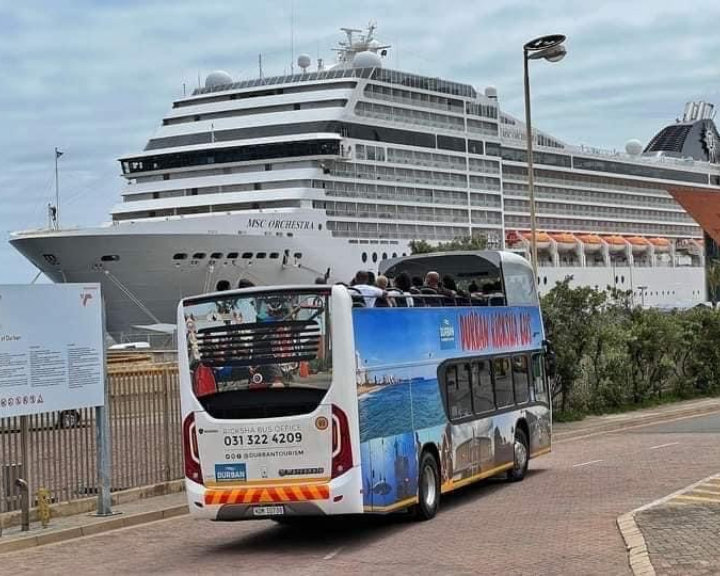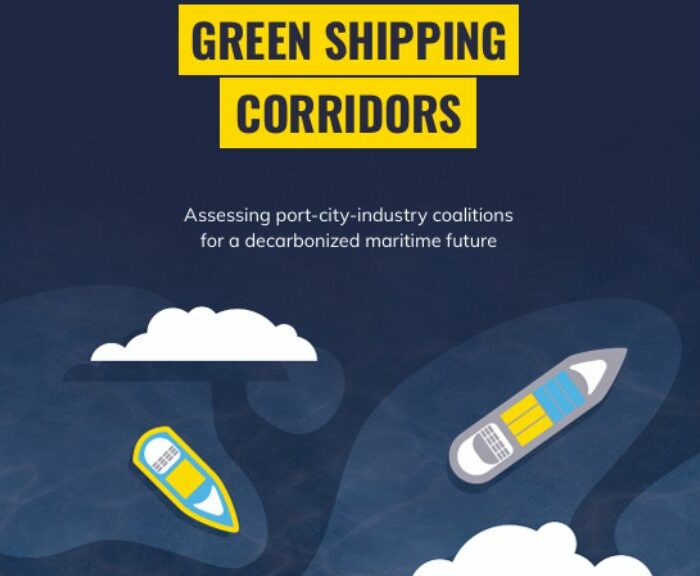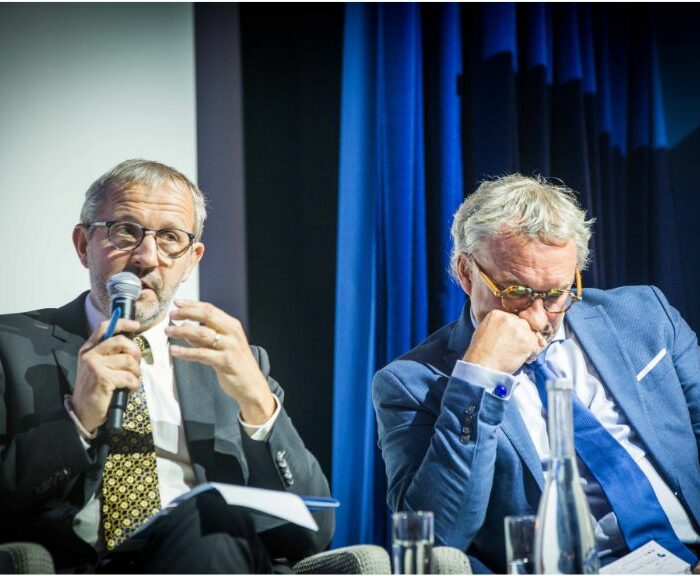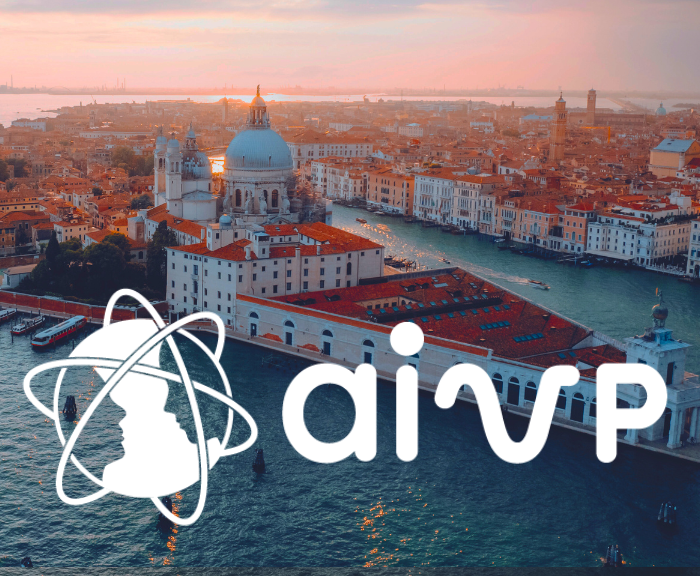World Tourism Day has been held on 27 September since 1980. As the tourism sector continues to grow, the impacts it has on the environment is increasing as well. The cruise industry has been taking measures to reduce its impact and to sail its way into a sustainable future. As the sector was heavily impacted by Covid during the past two years, it has taken the time to reshape itself. Green corridors for cruise ships have been created, cruise lines have discussed with cities and ports on how to collaborate more sustainably, and some companies have banned single use plastic. To understand better the steps that ports, municipalities, and cruise organisations are taking to support the sustainable transition of cruising, we have asked some of our members the following question for World Tourism Day: “How can local authorities (port authorities and municipalities) support sustainable cruise/maritime tourism in port cities?”
Fulvio Lino DI BLASIO, President
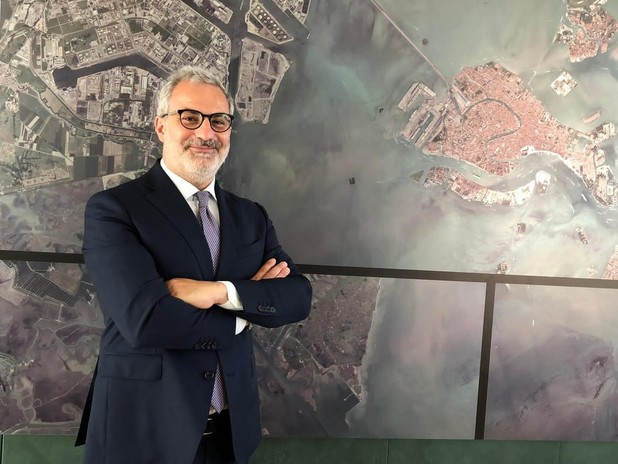
North Adriatic Sea Port Authority, Italy
One of the most interesting and challenging topics for port cities in the future consists in establishing a model for development and tourism which is actually based on the sea as a resource, as well as being able to select a local context which cannot just welcome, but also accompany and integrate tourism requirements with local communities and their traditions, cultures, environment and economic activities.
More specifically, for those destinations which have achieved a certain maturity with regard to managing tourism from the sea (in the form of cruise landings, but not only), the weak point is the difficulty in adjusting the new trends in tourism, the new sensitivity to certain issues and the new construction trends to an offer which is actually able to promote a solution allowing for progress in the region and for an integration of tourism flows within local development models (making sure that one does not prevail over the other). Therefore, the first item on the agenda is integration of strategic planning by local government and port authorities with the region, through an extended stakeholder engagement effort.
Secondly, public administration offices should liaise with private players (shipping companies, agents, tour operators, tour leaders, museum systems, theatres, etc….), in order to establish a sustainable partnership model and to deliver a service which is suitable at the level required by tourists, at the same time allowing the “genius loci”, the spirit of the place, to thrive, to become something to be offered and passed on.
Last but not least, a communication effort is required to prepare the regions involved for tourism from the sea, raising awareness about policies aimed at reducing its impact in terms of environment, air and transport.
Nomalanga Sokhela, Programme Manager: Maritime Industry Development

eThekwini Municipality, South Africa
eThekwini Municipality is a host city for the Home Port of Durban for Cruise Ships. The municipality as local authority supports cruise as strategic industry for sustainable local economic development and investments through supporting the provision cruise industry terminal infrastructure and associated services for the benefit of local businesses and communities in line with the Vision of the city which is: eThekwin i will be Africa’s most caring and liveable City and make it a sustainable and inclusive place to live, work, play and invest.
Monica FIORINI, Head of Communication, Promotion and Marketing
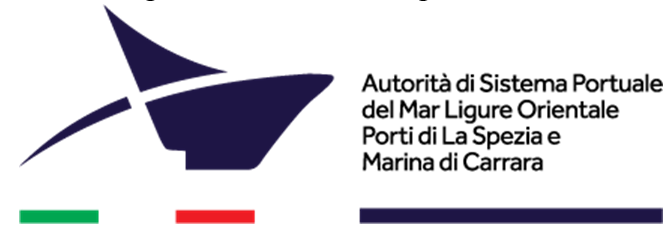
Autorita di Sistema Portuale del Mar Ligure Orientale – Porti di la Spezia e Marina di Carrara, Italy
Port Authorities play an important role in this process. The cruise port of La Spezia, thanks to public investments, will have docks equipped with electrification in 2025. A system already tested in the USA, is being worked on to reduce the polluting materials of the fumes coming from the smokestacks of the ships parked in the port which is very close to the city. We are working closely with the Municipality to organize slow tours in the city and its surroundings to avoid overcrowding such as those that occur in the 5 Terre.
Franck SCARLATTI, Director General

CCI Nice Côte d’Azur, Department of Les Alpes-Maritimes, France
Alongside port operators, shipping companies and tour operators, local authorities are working to meet the new challenges of cruise and maritime tourism: the limits of gigantism, relations with ports of call, and renewal of the “cruise” product. The objective is to guarantee a quality of service, while respecting environmental constraints.
Claudio CAPUANO, Director
Port Network Authority of the North Tyrrhenian Sea, Italy


In order to achieve a real balance between the economic benefits coming from passenger calls and their impact on local communities, local authorities need to work together with all the stakeholders of maritime tourism, in particular the cruise industry and the ferries companies, in a determined and pragmatic way, especially recovering from the challenging pandemic period. Port authorities can’t shape the maritime industry alone: to build innovative and inspiring port ecosystem, they need to establish continuous exchanges, share best practices and foster new partnerships with stakeholders, customers and local society as a whole. In particular, a proactive relationship with cruise and ferry lines can not only improve the connectivity of the destination with source markets but also enhance the potential of each city and territory.
Ryan BENNETT, Senior Manager, Planning and Sustainability
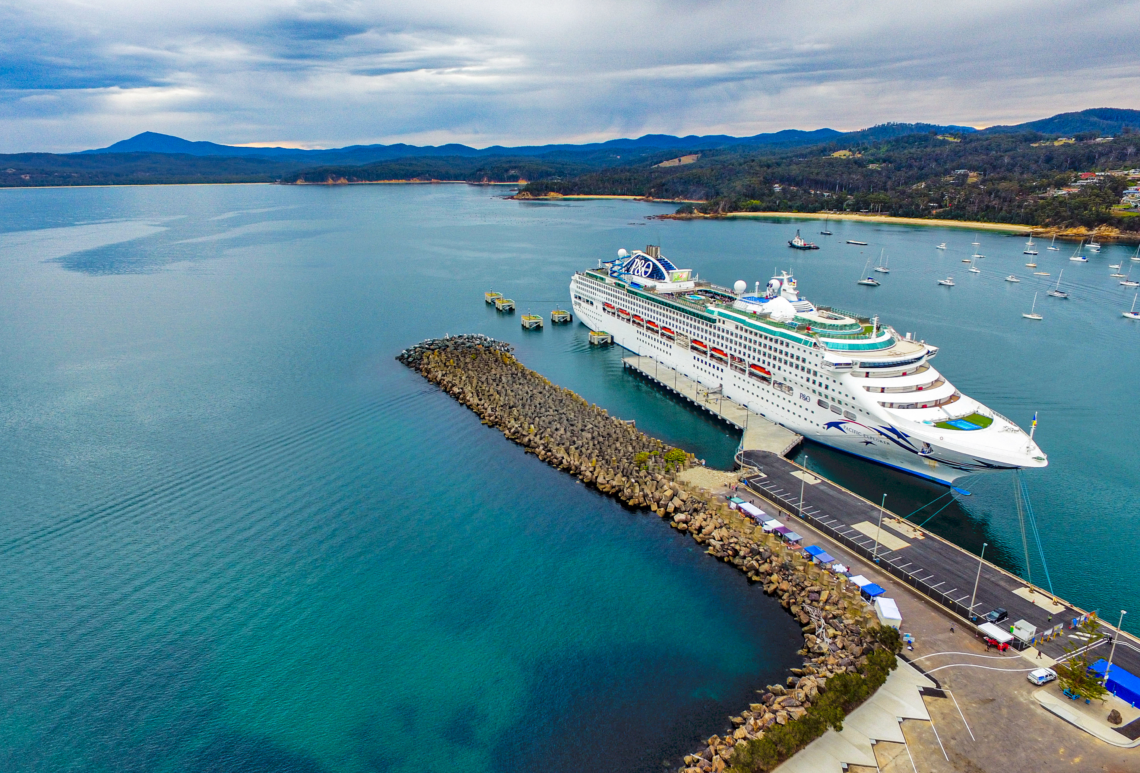
© Port Authority of New South Wales
Port Authority of New South Wales, Australia
Considering the perspective of Eden, NSW (a small and regional cruise destination), Port Authority of NSW supports the town and broader region through the provision of cruise related infrastructure and the management of cruise visitation. Cruise tourism brings a much needed visitor economy to the region, providing the benefit of passenger and crew spend on the day of the cruise visit but also, more importantly, offering an introduction to the region. This results in significant return visitation – estimated between 20% – 40%. The sustainable tourism value of cruise to a small region is the significant opportunity for return visitation. It’s the best destination marketing campaign that money can’t buy.
Natalie ALLABY, Cruise Development Manager

Port Saint John, Canada
To support sustainable cruise tourism in port cities, creating open lines of communication, dialogue and healthy debate with stakeholders is imperative. Consider creating an official forum for updates and communication through a liaison committee or regularly scheduled town hall meeting. You’ll be amazed how much relationships strengthen when you build trust and provide transparency with stakeholders.
Conclusion
Through these answers, we can see that the AIVP members are working to facilitate the development of sustainable cruises that respect the limits of the destinations and protect the local ecosystems, which is in line with goal 9.5 of the AIVP Agenda 2030. Each member is taking interesting approaches to reduce the footprint of cruise tourism. Several AIVP members are involved in continuous discussions regarding these issues in the AIVP Working Group on cruises and port cities done in cooperation with MedCruise. Through such measures, tourists can continue to visit port cities around the world in the future as well.

